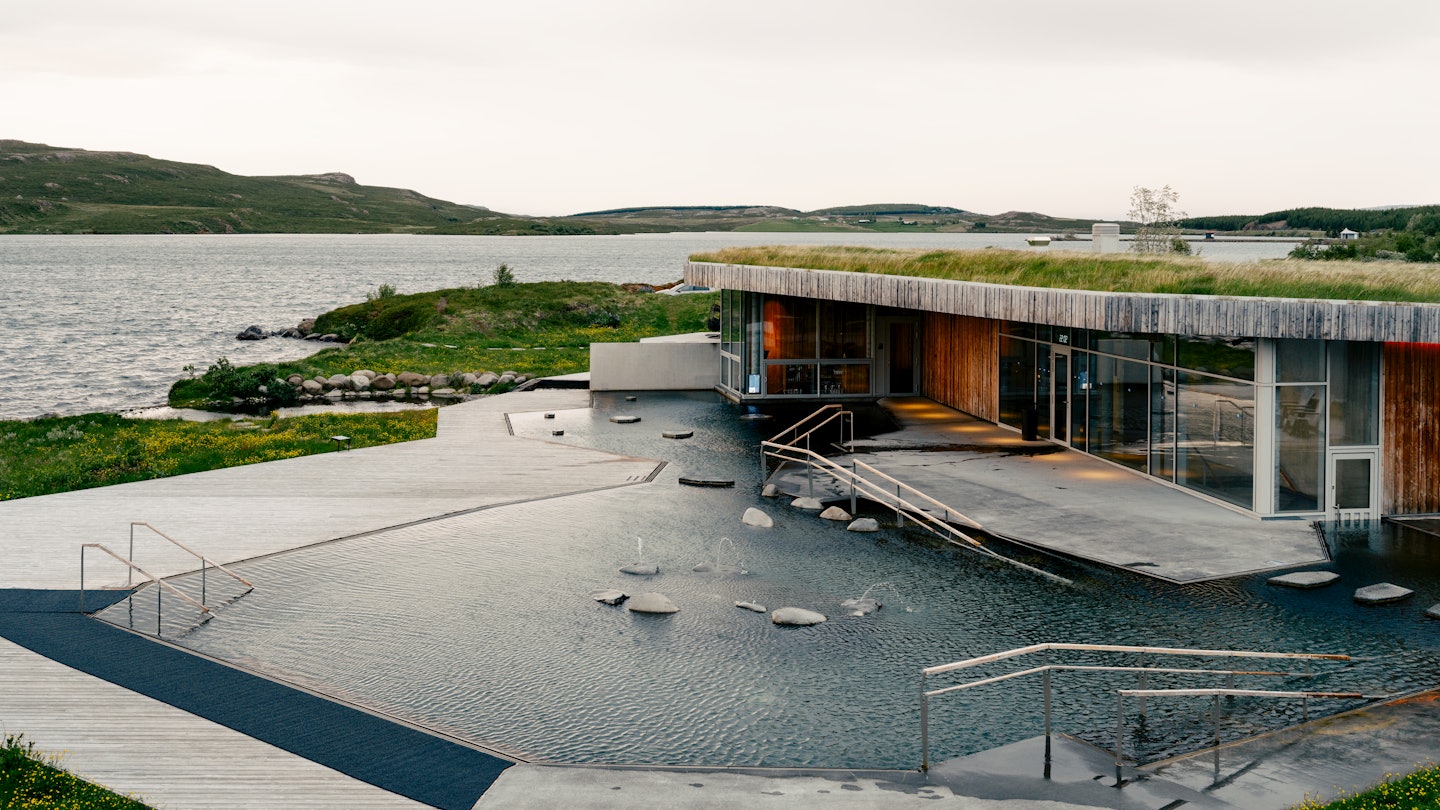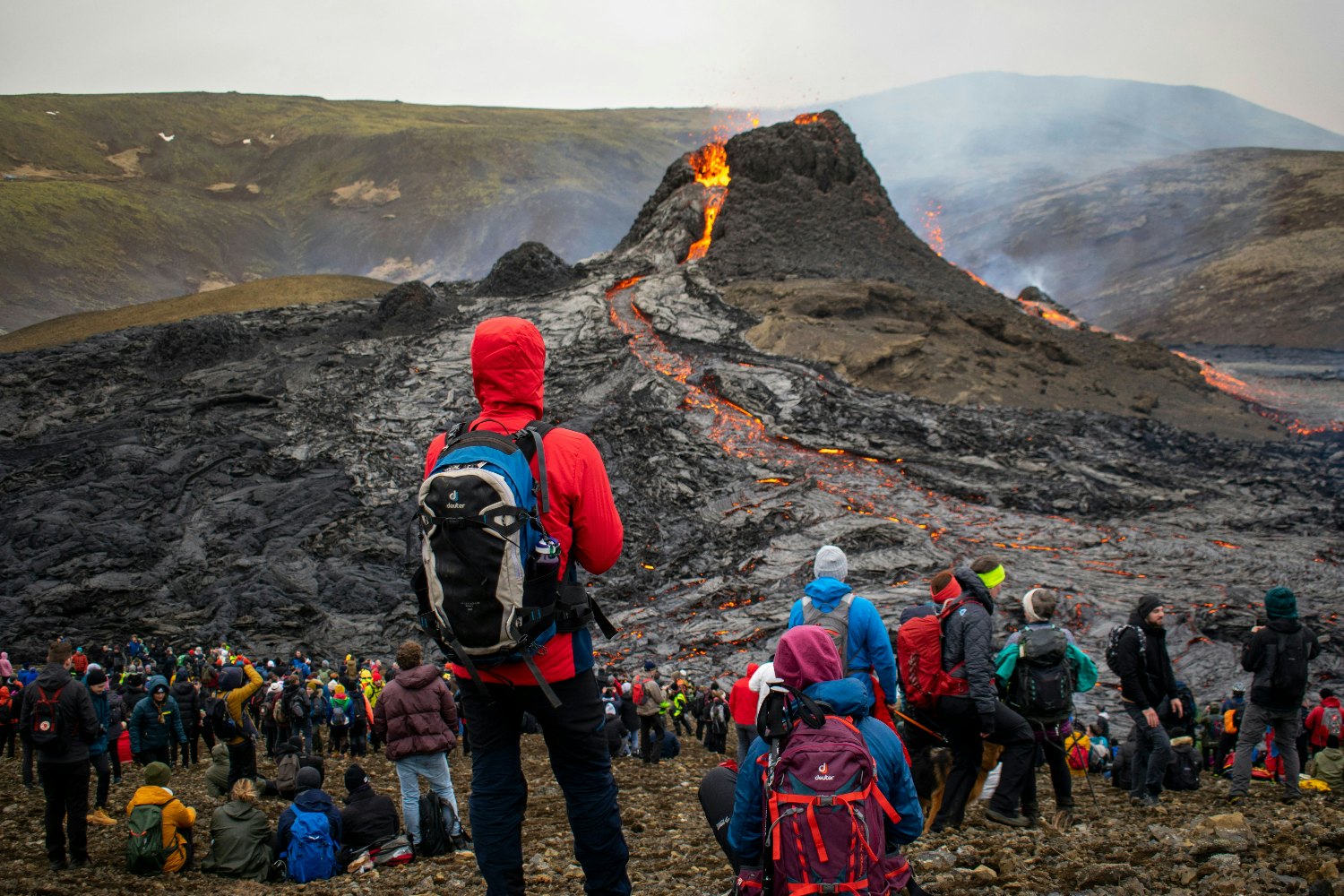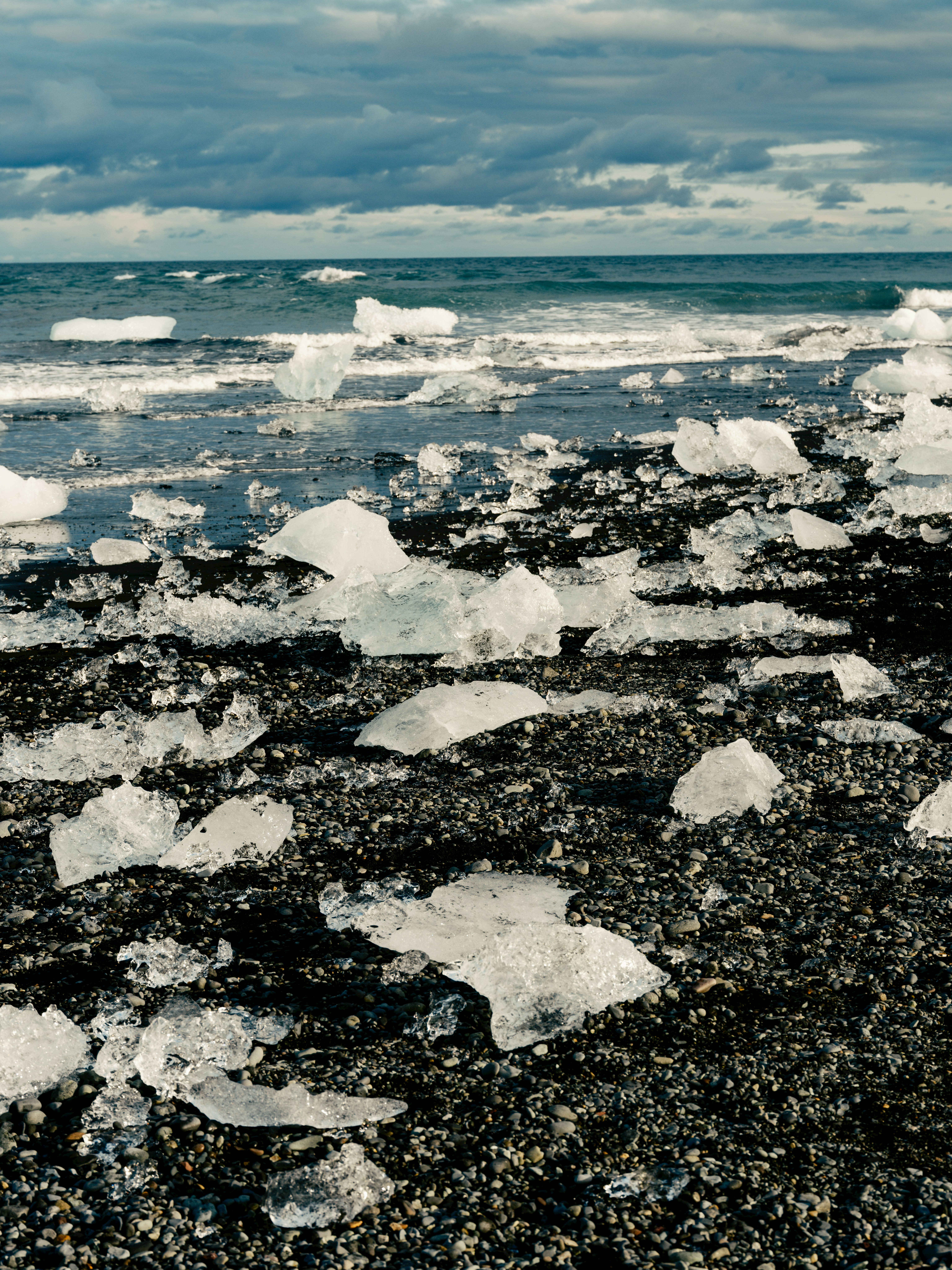

Vök Thermal Baths. Daniel Dorsa for Lonely Planet
The number of visitors to small, ravishingly beautiful Iceland is soaring and with its wealth of natural and cultural attractions, that doesn't look set to change anytime soon.
But this tiny country wasn't always so popular, and there are many important things to be aware of ahead of your visit. In these wild landscapes, small errors can lead to life-threatening situations for both the visitor and the search and rescue operations mounted to save them.
These insider tips will help first-time visitors navigate social etiquette, travel responsibly and have a safe and informed trip.

1. Keep up-to-date on Iceland's volcanic eruptions
There were a series of volcanic eruptions throughout 2024 on the Reykjanes Peninsula in south-west Iceland, not far from Keflavik International Airport, the main entry point to the capital Reykjavik. The most recent was on November 20th, 2024, though flights are unaffected and operating normally so far in 2025.
The town of Grindavik was initially evacuated due to the volcanic activity and hiking in the area was strictly prohibited while the situation was monitored by authorities. However, the town has now reopened to visitors and is a popular attraction for those keen to see the thick black lava crust that's settled across sections of the land. If you plan to visit, stay updated on the latest seismic activity, stick to marked routes and pathways, and immediately follow any advice to evacuate the area.
You'll Need These In Iceland
2. Use common sense to stay safe in the wild
Some tourists have been a little unprepared to visit Iceland's incredible landscapes. Visitors have been seen strolling onto the Sólheimajökull glacier in sneakers and light jackets; a family attempted to drive across Langjökull glacier in a small SUV. We've also watched a teenager jump into 2°C (35°F) waters at Þingvellir National Park for a dare and witnessed tourists being sucked into the waves at black-sand Djúpalónssandur beach, one of Iceland's best.
Though Iceland's dramatic terrain can be perilous, there are usually no safety rails beside cliff edges and no ropes alongside plummeting waterfalls. Icelanders prefer not to mar beauty with obvious signs or railings; instead they rely on people to be aware of their surroundings and mindful of potential danger. If there are signs or barriers, heed them!

3. Plan ahead before taking a road trip
Having your own wheels in Iceland is a wonderful treat: it allows you to roam the grand countryside at your leisure. But it's important to be prepared before setting out – investigate driving times and road conditions (via the Icelandic Road Administration), weather forecasts, safety issues and, if you're walking in nature, trail conditions and requirements.
Plan an itinerary that's realistic for you. Ask locals, who will know the tricks and troubles of each place. You don't want to be caught on a hillside in fog or sleet (whether on foot or in your car) with no food and water and no idea how to get back to safety.
Safe Travel is a site run by ICE-SAR (Icelandic Search & Rescue), with travel and weather alerts and information, a smartphone app (useful in emergencies) and procedures for filing a travel plan.
4. This is not the place for off-road adventures
Never drive off-road. It's illegal and incredibly damaging to the fragile environment. Cavalier tourists leave tracks where they've flouted the rule, and those tracks entice others to do the same. Even with a 4WD, stick to marked roads.

5. Always shower with soap before taking a dip in hot springs
Part of the unique gift of Iceland's volcanic landscape is the natural hot springs you'll find from the town center to the fjord side. It's practically a national pastime to hit the local spring, soak and gossip. It is, however, an absolute mandatory hygiene and etiquette rule to wash thoroughly with soap before donning your swimsuit to enter the hot springs and pools.
Most pools are untreated with chemicals, so cleanliness is a real factor. Whether you're at the famous Blue Lagoon or the remote Krossneslaug, there's no quicker way to disgust an Icelander than to jump in dirty. You should also take your shoes off and put them on the rack provided as you enter the changing room.
Iceland Fast Phrases
6. Pack proper outdoor gear and equipment for hiking
Bring good maps and appropriate gear, plus (you've heard it before): common sense is key. Consult a proper hiking or cold-weather packing list. Consider this – if you had no access to a car or building, would you be warm and dry enough in what you are wearing?
Never go hiking in jeans, don't climb on glaciers without proper guidance, don't try fording rivers in subcompact cars, and don't go camping without hardcore waterproof tents. With proper gear you can relax and enjoy all that beauty, no worries required.
Being prepared can open up great wilderness areas such as the Westfjords' beautiful Hornstrandir Nature Reserve, known for its Arctic foxes, spectacular birding cliffs, and unspoiled hiking and camping. If you need additional equipment once in Iceland, Reykjavík has a bevy of suppliers for gear purchase or rental, including Fjallakofinn.
Another good information source is Ferðafélag Íslands (the Icelandic Touring Association), which runs many huts, campgrounds and hiking trails.
7. When driving, stick to the right road for your vehicle
Know which roads are accessible in the type of vehicle you're driving. Beyond Iceland's main Ring Road (Route 1), fingers of sealed road or gravel stretch out to most communities until you reach the F Roads, bumpy tracks only passable by 4WD.
F roads are truly unsafe for small cars. If you travel on them in a hired 2WD, you will also invalidate your insurance. Steer clear, hire a 4WD or take a 4WD bus or super-Jeep tour. Similarly, trying to ford a river in a 2WD vehicle or low-slung 4WD is asking for trouble.
8. Take a tour of the more remote or dangerous landscapes
Iceland's tour operators are a professional and knowledgeable bunch and can get you out into rugged country via super-Jeep, amphibious bus, snowmobile, helicopter and more. Going on a tour can offer insights and guidance through dangerous landscapes you shouldn't tackle alone.

9. Understand the impact of tourism on Iceland
Iceland has a population of around 393,000. Before travelers started arriving in droves (with numbers that topped 2.3 million per year in 2024), most Icelandic sights, from thundering waterfall Skógafoss and basalt beach Reynisfjara to the wild interiors at Landmannalaugar & Þórsmörk, had no need for big car parks, safety placards or hordes of park rangers.
Developing an infrastructure that can cope with its appreciative new visitors while maintaining the untouched feeling of one of the world's most unique landscapes has been a major challenge for Iceland.
10. Travel responsibly and sustainably
Remember the basics of responsible travel: don't litter, reduce your environmental footprint, leave places better than you found them, and protect wild animals and natural flora. This applies to popular sights like the Golden Circle as well as the wild interior where it's just you, the glaciers and volcanoes.
11. Appreciate the open-minded creativity of Icelanders
Icelanders are a generally hardy and open-minded group with a dry but vibrant sense of humor. They tend to speak impeccable English and are game for a chat, or to tell you about their favorite places to go. Respecting local etiquette and laws (along with not whingeing about the weather, or how hard it is to get to the natural wonders) will go a long way in endearing you to them and open opportunities for local connections.
They are also broad in their curiosities – it seems like half the nation is in a band or making some sort of art or craft. Icelanders are used to thinking big and having fun. Why not get out there and join them?

12. Take the weather seriously
You may encounter bus tours and droves of visitors in popular places, but Icelandic weather is highly volatile, no matter where you are. A sunny day can quickly turn to snow flurries, and the stakes get even higher as you head into the true wilds. Never underestimate the weather – plan ahead with forecasts from the Icelandic Met Office.
13. Remove your shoes indoors
Icelanders often remove their shoes when they head inside. Pack flip-flops or slippers for indoors.
14. Yes, you can drink the tap water
It's pure and wonderful; Icelanders will look at you askance if you ask for bottled water.
















